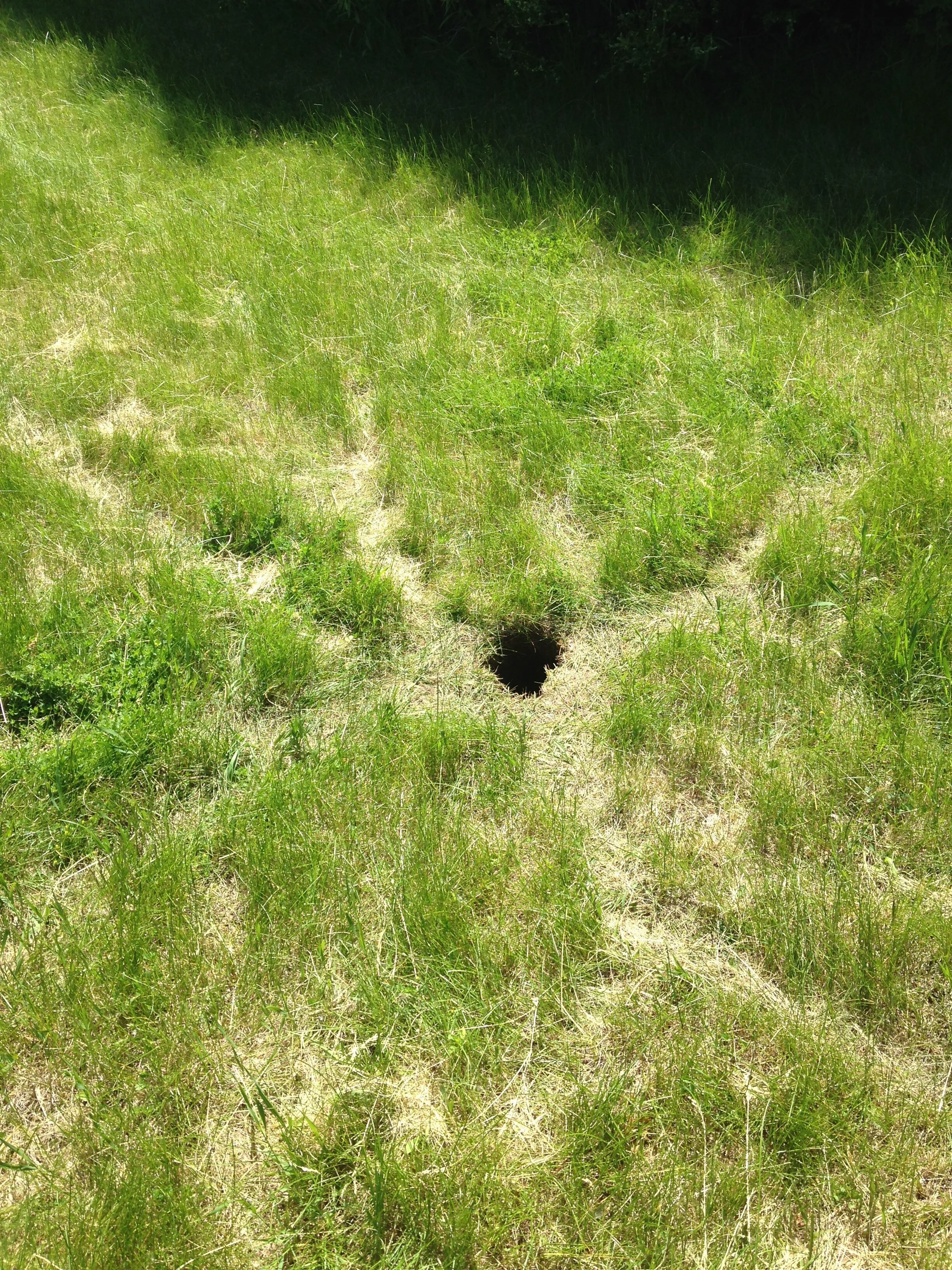What do Groundhogs eat?
Groundhog hole and trails leading to and from, June 15 2020
Another one from my question book, but to be honest, I think this has passed through many question books, and I don’t know why I keep forgetting. It’s about time I wrote out what I’ve learned and that way folks can remind me.
Groundhogs, or Woodchucks, or Marmota monax is an under appreciated mammal native to around these parts in Southern Ontario and across most of the northern part of the continent, ranging from central Alaska to northern Quebec and up towards Labrador down to Georgia. Not too common on the outer islands of Newfoundland or Prince Edward Island, they are found near here on Manitoulin. They are cute short legged furry rodents who hibernate through the winter only to awake around April to breed and eat.
So what do they eat? Turns out they are generalist herbivores who eat a wide variety of greens and vegetables depending on what is available at that time year. Clover, grasses, Alfalfa are favorites, but they will also go for grains, leaves, bark, fruit from shrubs and trees, and many other forbs. They seem to love garden vegetables as well, though I don’t think I have ever run into that problem luckily. I have read recently that June bugs, Snails and Grasshoppers and even some carrion might make a Woodchucks diet once in a while. They get most of their hydration needs from dew on the plants they are eating, as well as from the plants themselves, but might also hit up open water if it’s available. Turns out that Groundhogs can allow their core body temperature to fluctuate somewhat to synchornize with ambient temeratures, supposedly to conserve water and energy when times get rough.
I still remember the first time I heard a Groundhog whistle an alarm when I was walking by. A friend and I were in a shallow ravine, walking and discussing varieties of Horsechestnuts and Buckeyes when the loud bright whistle burst into world around us. I totally froze! It seemed to be coming from below some broad Burdock leaves. I was caught off guard and didn’t know what was happening. Then they whistled again and I realized who it was. We turned slowly and crept towards the Burdock stand, but no Woodchuck could be found. This is when my friend told me of another name for a Groundhog, Whistlepig.
Underside of a Groundhog skull. Note the two small incisive foramina just anterior to the incisors and the fused posterior portion of the palate. Also the large incisors and fairly flat molars.


